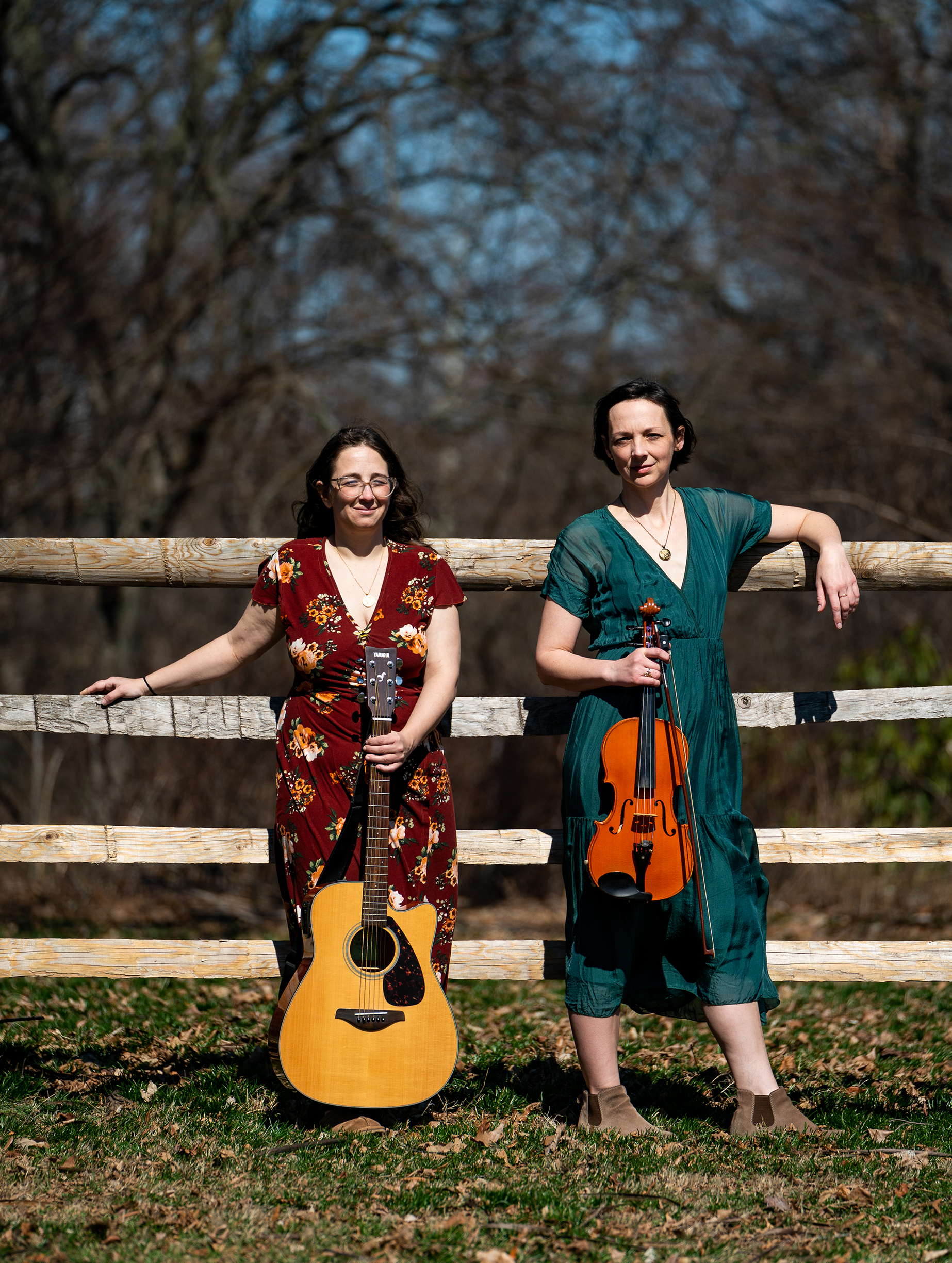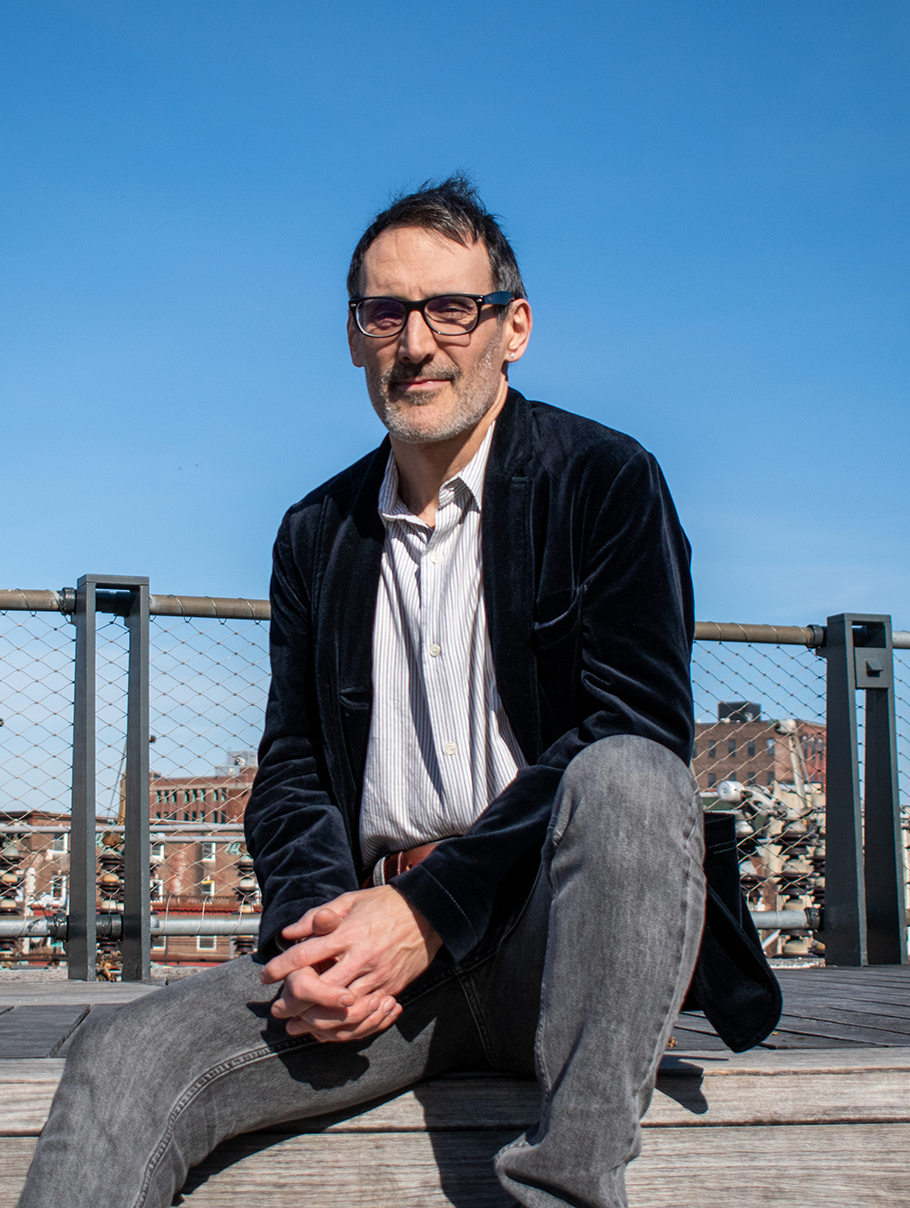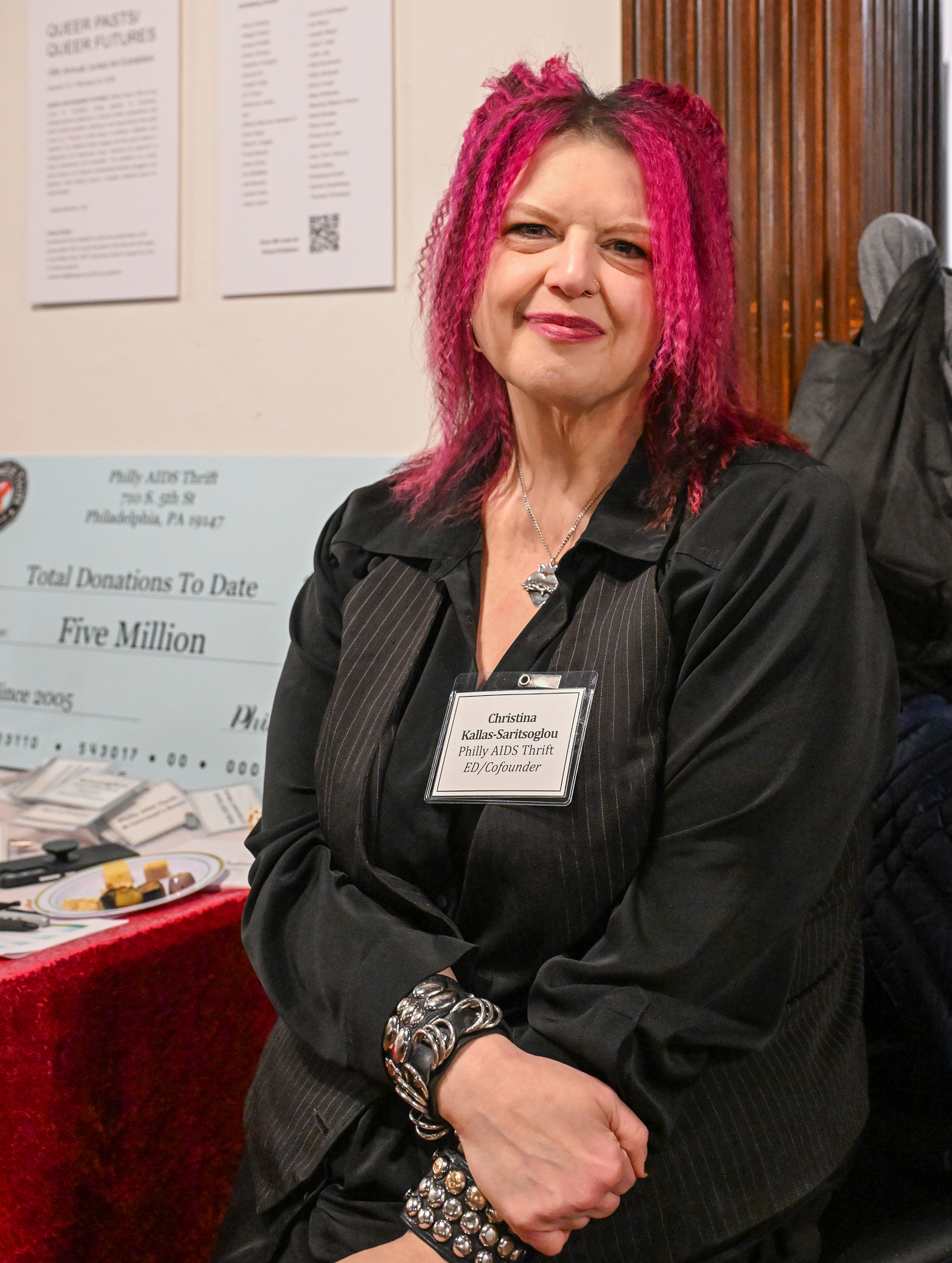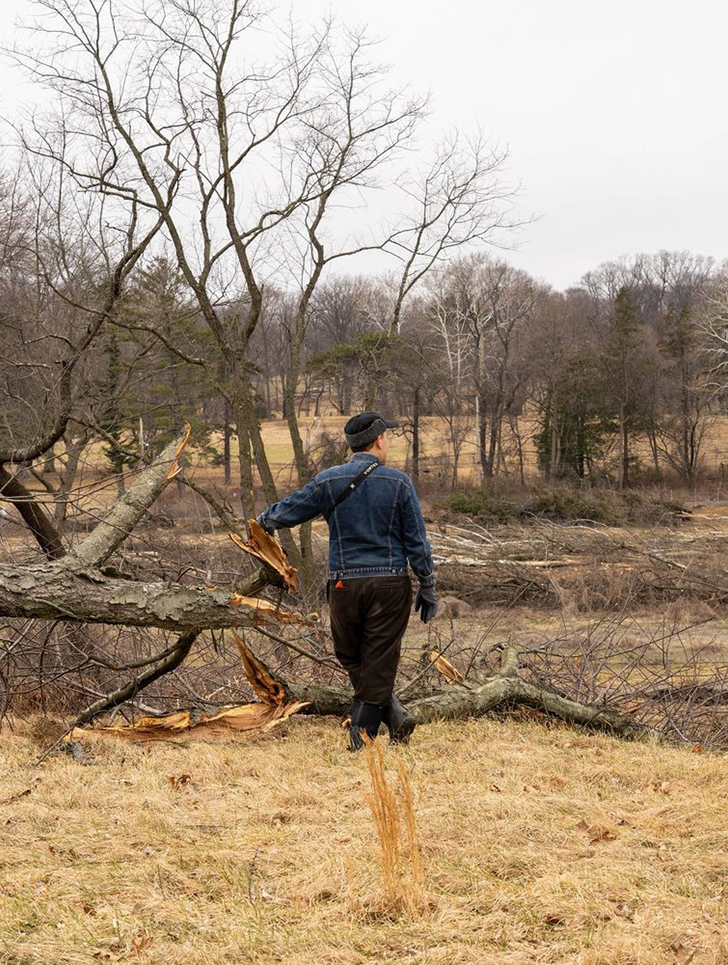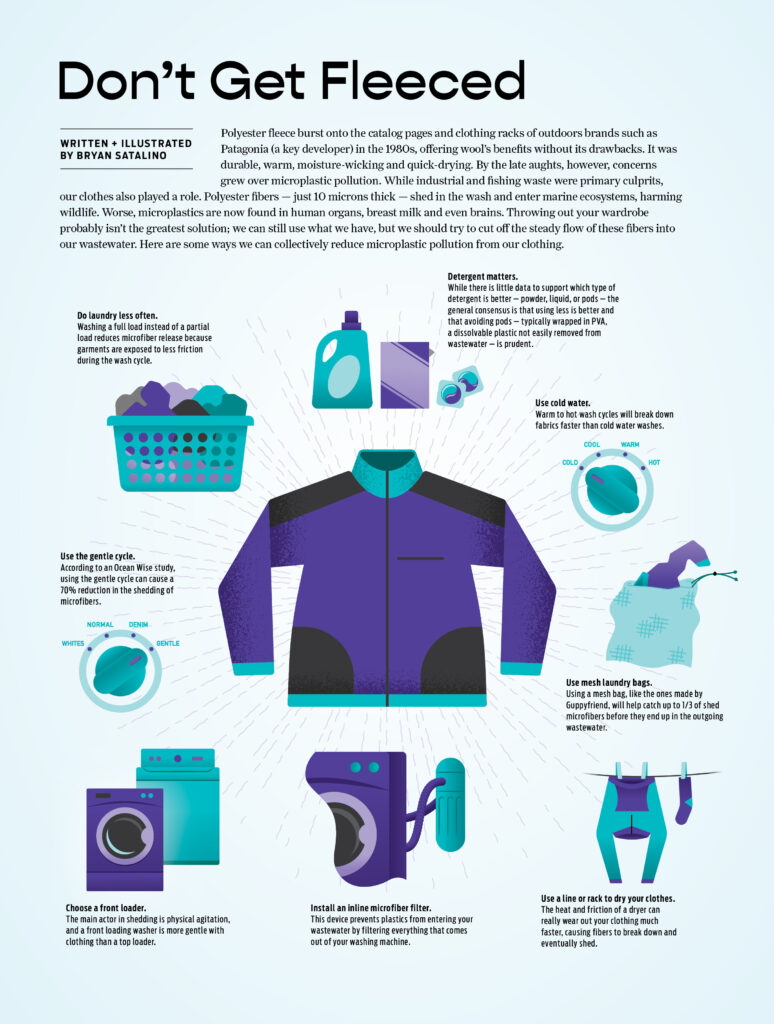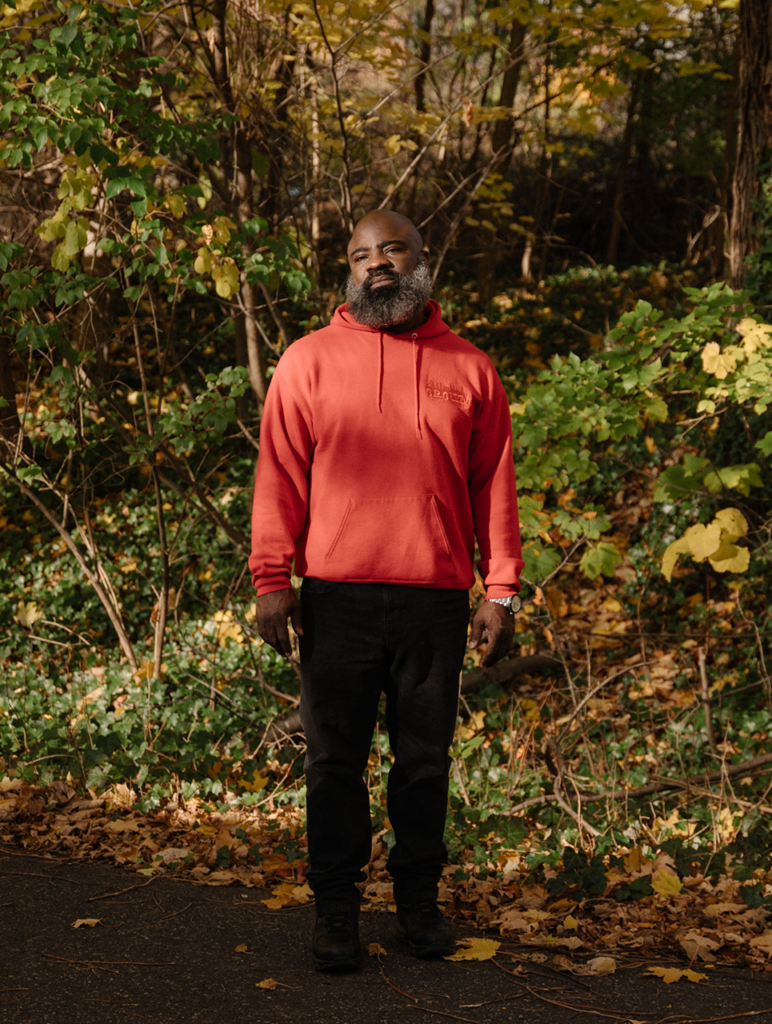Philadelphia band Darling Damselfly wants their most recent album, “Galapagos,” to get listeners thinking about human’s relationship with the planet — in the hopes of saving it.
“Being able to have a better understanding and appreciation of the wonder of [the environment] can help us be more connected and want to work harder to combat the impact of climate change and live more sustainably,” says Sammy Shuster, 38, the band’s singer-songwriter.
Shuster and Lexie Diallo — the duo’s violist — released “Galapagos” in October. The five tracks, available on Bandcamp, explore scientific phenomena from evolution to photosynthesis while prompting listeners to make connections to their own lives.
“I thought it would be cool to keep in the theme of nature and the environment and how those things relate to our own human experience,” says Shuster, program manager at The Environmental Collaboratory at Drexel University.
“Whale Song” is about the vocalization of the giant underwater mammals and how their ability to communicate with each other is hampered by humans. Shuster connects this experience to the loneliness people feel, singing: “All alone in this noisy sea, my voice gets deeper, deeper, deeper. Can you hear me?”
And in “Secret Decisions,” Shuster highlights plants’ ability to control how much carbon dioxide they absorb, a show of “self-confidence,” a skill that can be elusive to humans, Shuster says, singing: “I am afraid that I can’t be as strong as your DNA. I don’t take what I need. I hide or I run while your leaves or your vines, they reach out to the sun.”
Throughout, it’s the viola that brings the lyrics to life, mimicking the sounds and movements of the songs’ animal subjects.
On the title track, the viola “goes back and forth, up and down from one string to another” like monkeys swinging from tree branches, says Diallo, 42.
On “Tasmanian Tiger” the instrument sounds like the barking and grunting of the now-extinct mammal. And on “Birds and Butterflies” the viola soars into its higher registers like a winged creature.
“You can look toward these things that we study as a source of wonder in the world,” says Shuster.
The album is accompanied by a zine that includes lyrics, illustrations, scientific explanations and reflective prompts.
“I think the zine helps to tie things in,” says Diallo, adding that the prompts invite the audience to think about “the ways that we’ve evolved, the ways that folks are using the environment and how that affects the natural world.”
Shuster cites the lyric book that accompanied The Smashing Pumpkins’ “Mellon Collie and the Infinite Sadness” as inspiration for the zine. She asked her husband, Corey Bechelli, to create artwork for the zine.
Bechelli, 43, says that he and Shuster regularly have conversations about the environment outside of the creation of “Galapagos.”
Global warming can feel like too large of a problem to address individually, leaving people feeling “hopeless and helpless,” Bechelli adds. But embracing despair isn’t an option for the couple, he says, especially because they have a young son.
“You can lean into the hopeless and helpless, but that’s probably not the right way to go,” Bechelli says.
And that, he says, is part of what “Galapagos” grapples with: “How can we find hope somehow?”



